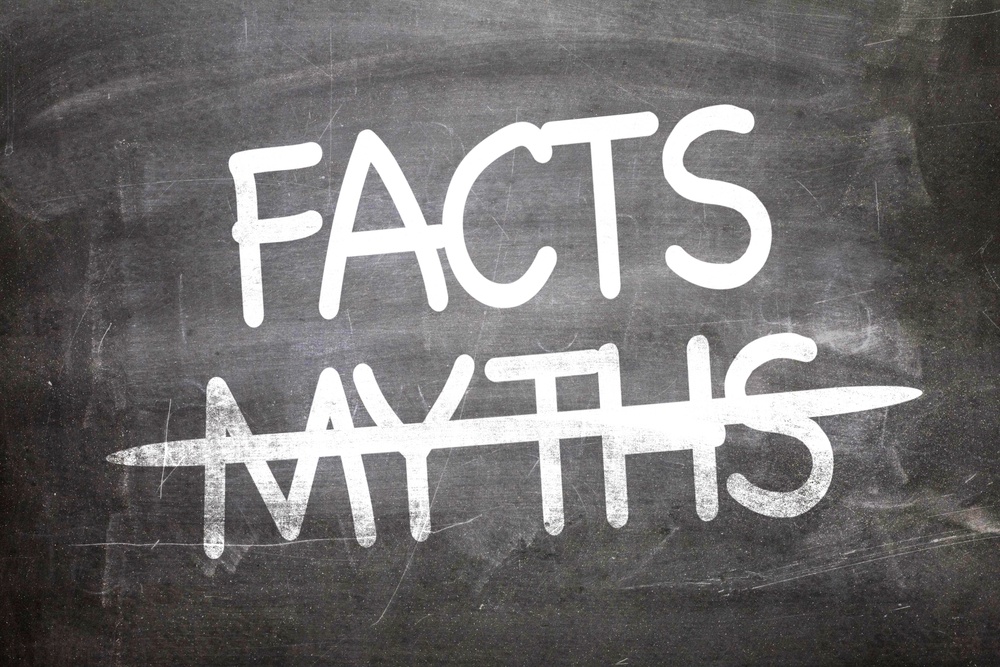 Several misunderstandings swirl around wisdom teeth, which dentists often call third molars. Let’s tackle a few.
Several misunderstandings swirl around wisdom teeth, which dentists often call third molars. Let’s tackle a few.
Myth #1: It’s rare to be born without wisdom teeth.
Reality: Wisdom teeth begin forming during adolescence, but they usually don’t push through the gums until people reach their late teens or early twenties. Some people grow just one wisdom tooth, while others may grow four or, in rare instances, more. About one-third of all people don't grow any. If you have passed the age range when a third set of molars usually appears and none have erupted, consider yourself lucky.
Myth #2: Wisdom teeth serve no purpose.
Reality: Anthropologists credit (or blame) our long-ago ancestors for this extra set of molars. Their diet consisted of a lot of tough food to chew, such as leaves, roots, nuts and meat. Wisdom teeth evolved to help masticate — crunch — the food. Because many parts of a regular diet are still hard to chew, wisdom teeth can serve a purpose when correctly positioned.
Myth #3: If you have them, you need to get rid of them.
Reality: Not necessarily. The American Association of Oral and Maxillofacial Surgeons guesses about 85 percent of all people have wisdom teeth that need to be removed at some point. Often, wisdom teeth do not come in correctly. Also, a lot depends on their position. They may permit food to get trapped, which can lead to cavities. Or they can crowd neighboring teeth. Such problems are common, and they can lead to chronic pain, gum disease, infection and other issues. But not everyone has such problems.
Myth #4: Wisdom teeth must be removed before you reach a certain age.
Reality: Though many people have their wisdom teeth removed when they reach young adulthood, it’s not unusual for middle-aged and older patients to wait to go through the procedure. Problems related to wisdom teeth may not arise until later in life. Even then, some people never need their third set of molars removed.
Myth #5: You can't get braces if you still have wisdom teeth
Reality: If third molars crowd other teeth, they may cause them to shift. If the effect is significant, removal of wisdom teeth first may be necessary. In many cases, however, wisdom teeth have little to no adverse impact on braces and other orthodontic work. It is common for wisdom teeth to be removed after orthodontic work is complete so that straightened teeth are not disrupted.
Wisdom teeth need room to grow. Your dentist will closely monitor them as they come through to see if they are properly positioned and how they affect your gums and other teeth. Meanwhile, follow the 2/2 recommendation in which you brush your teeth twice a day, for two minutes each time. Reach way back to your third set of molars. When you floss, get around the wisdom teeth, too. Who knows? Maybe you’ll get to keep your wisdom teeth a long time, so treat them well.








